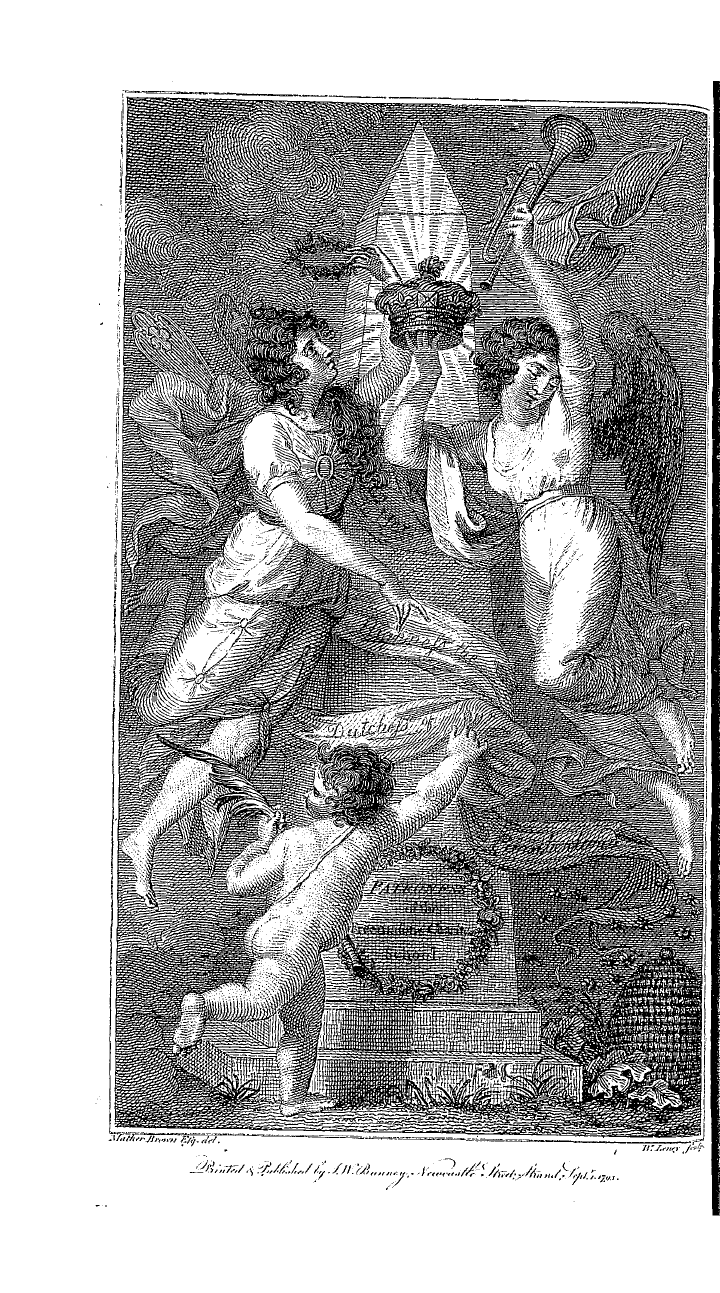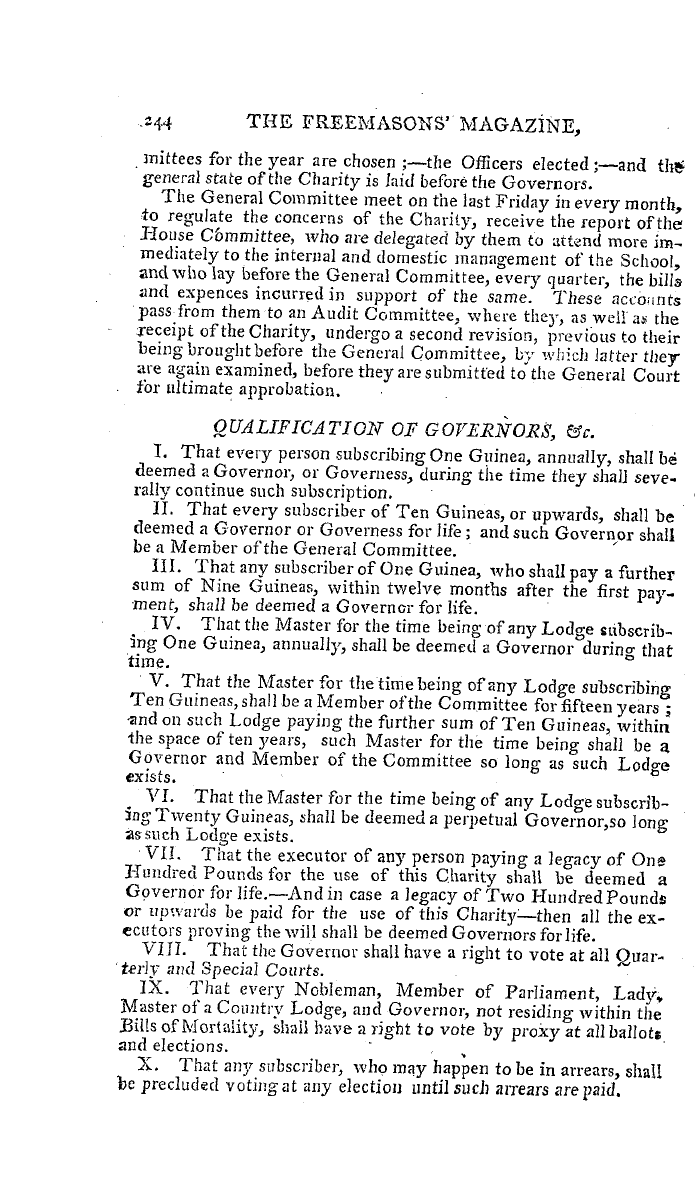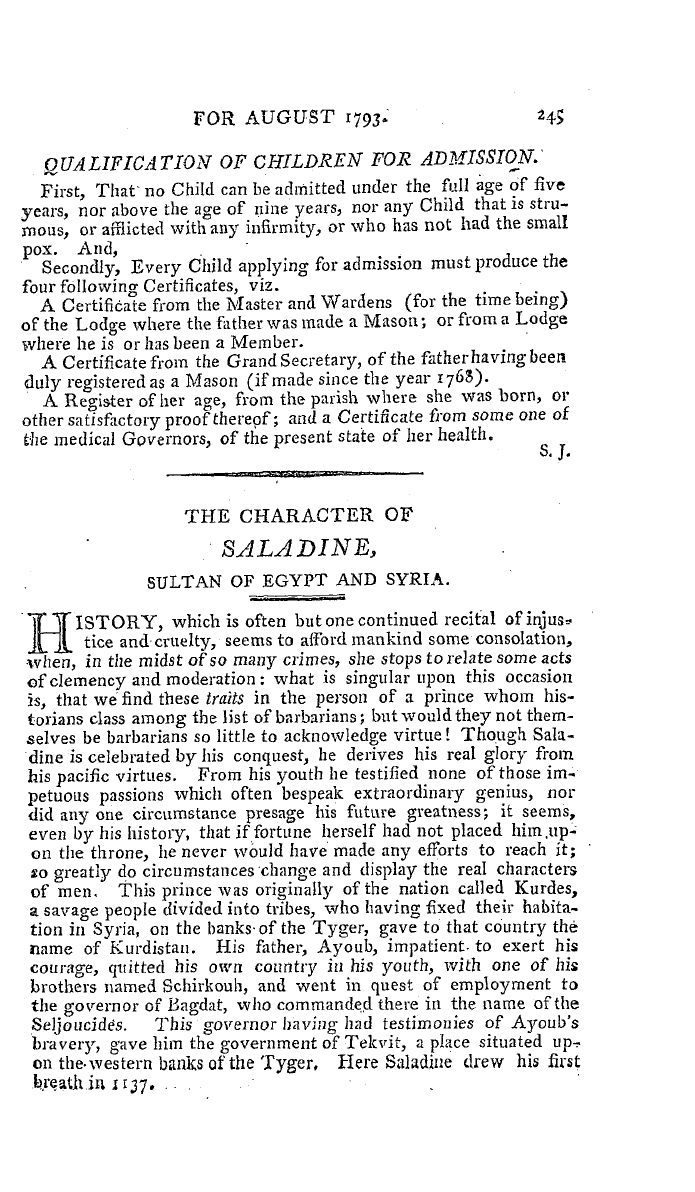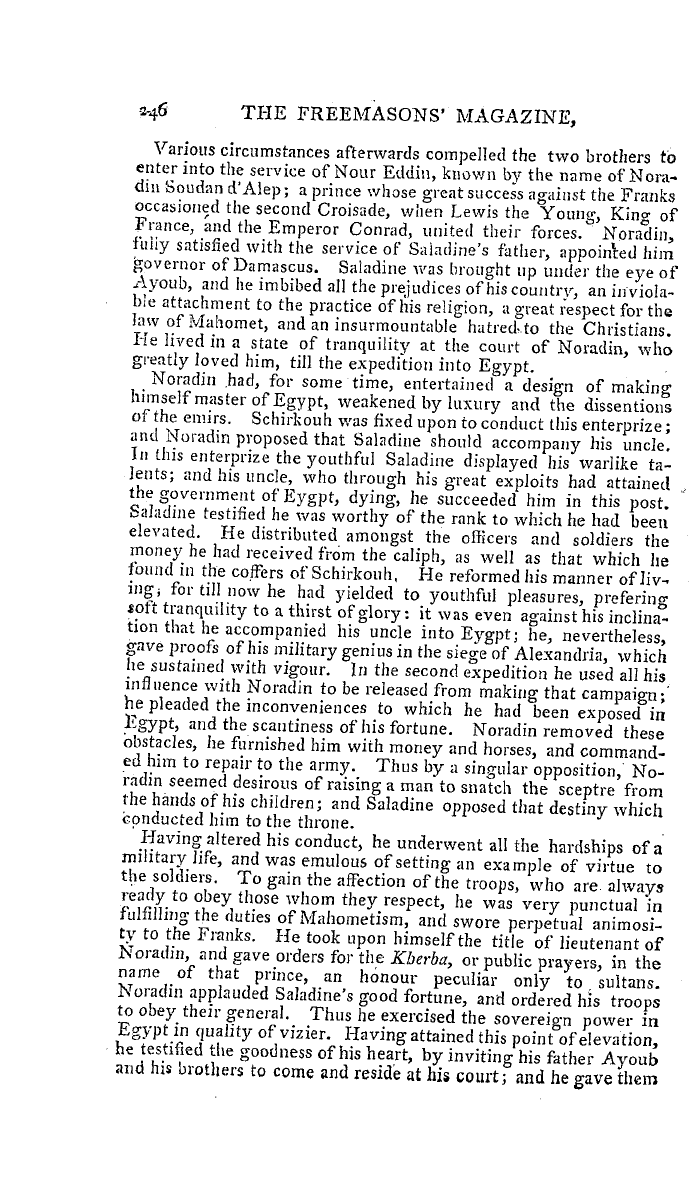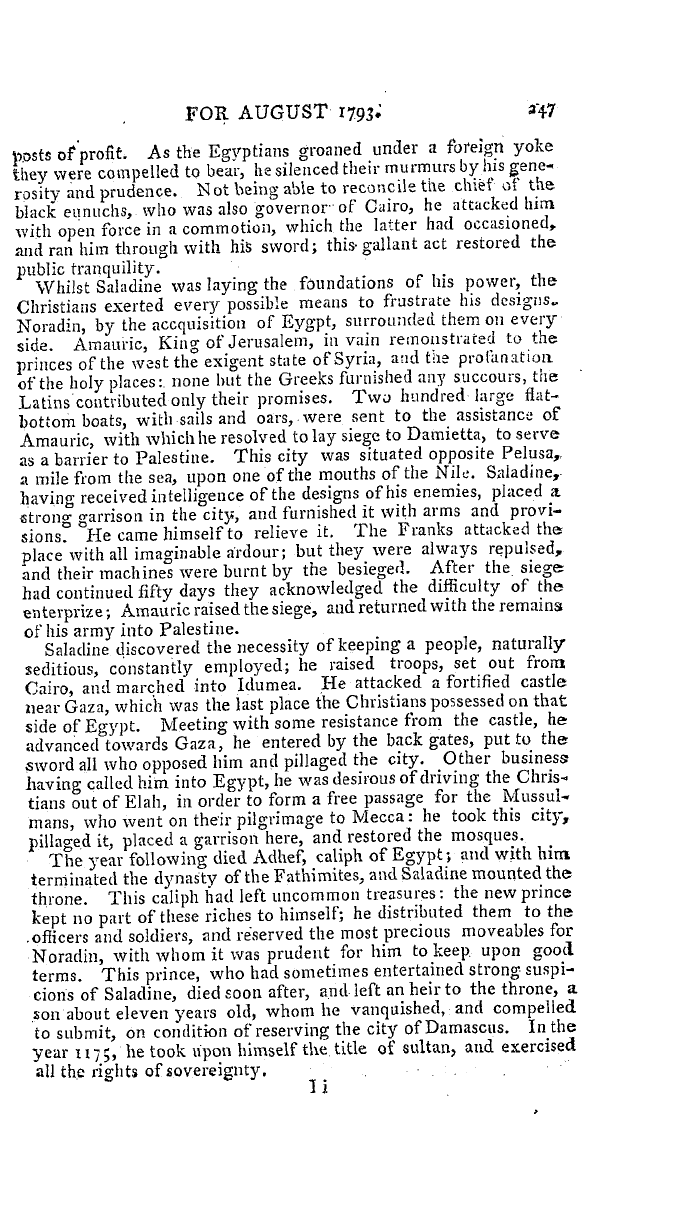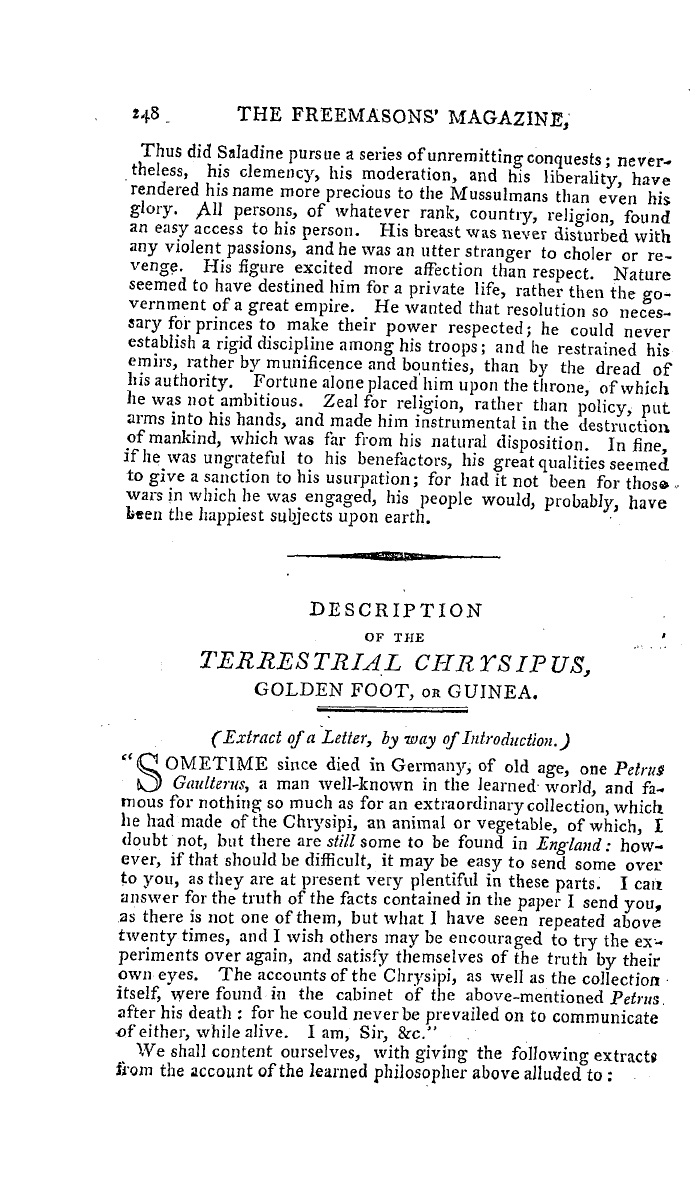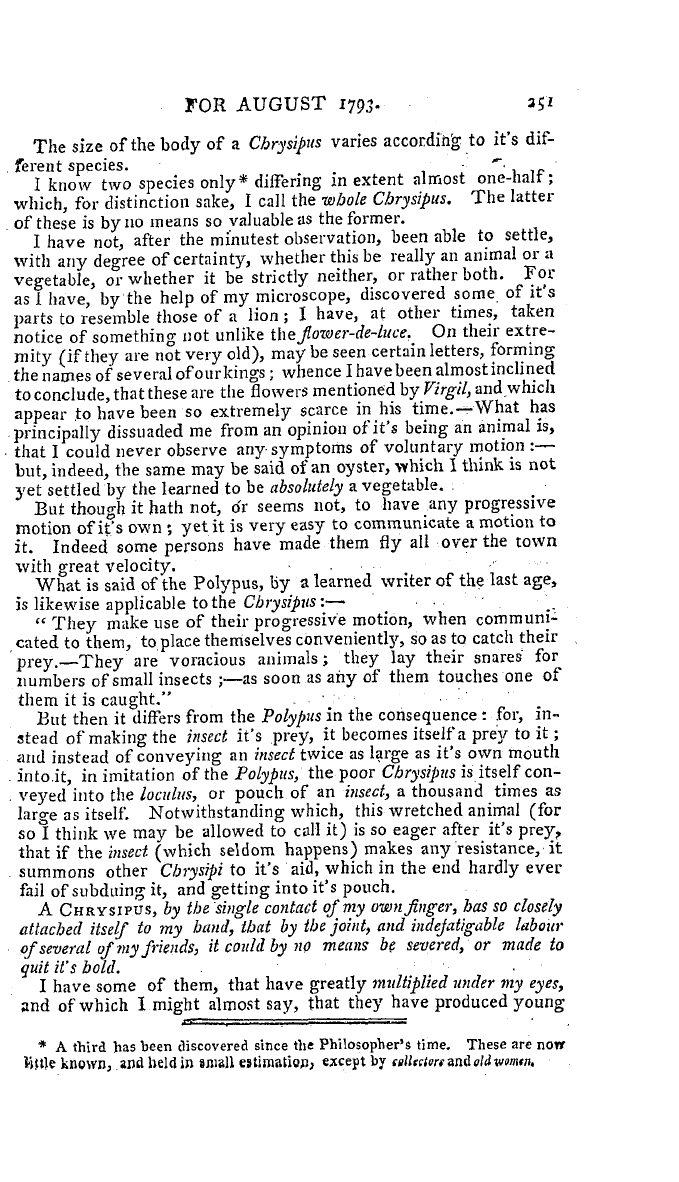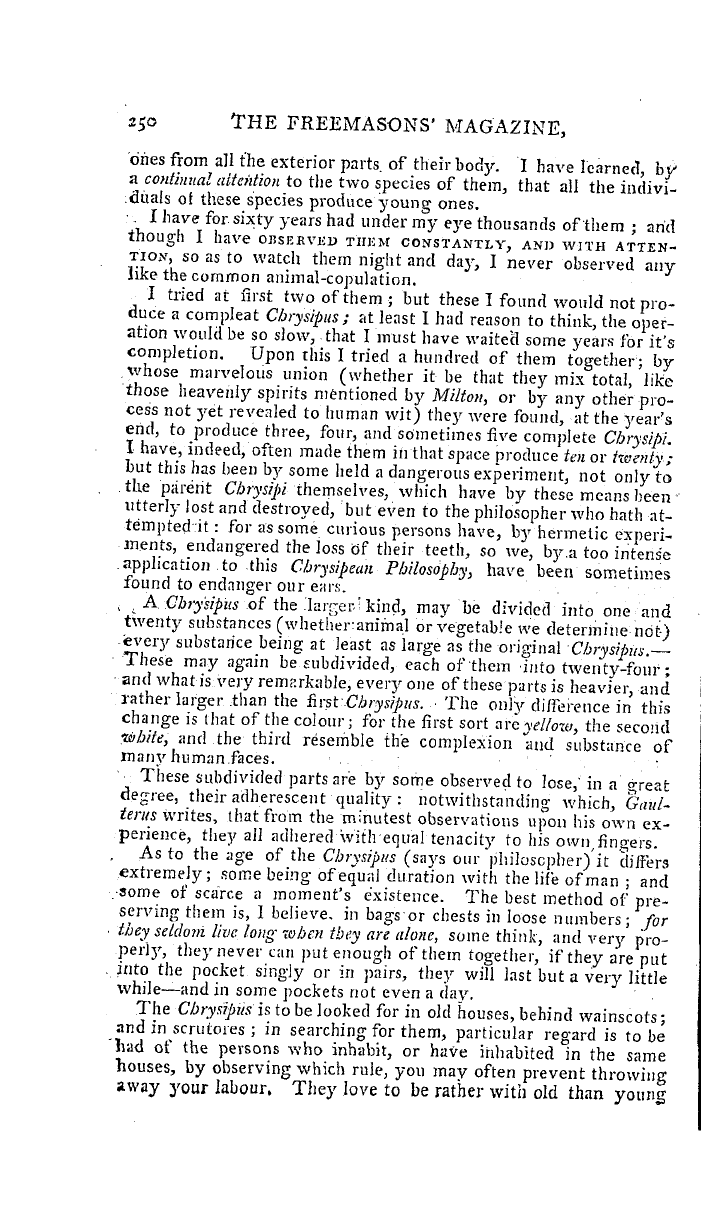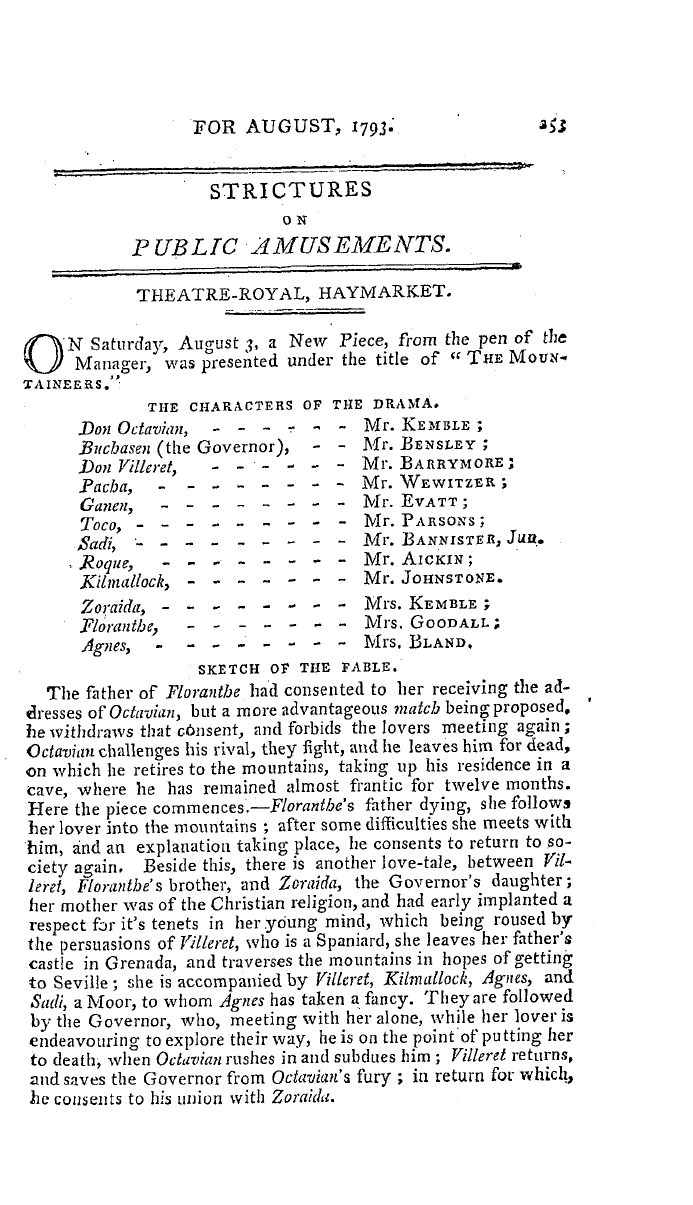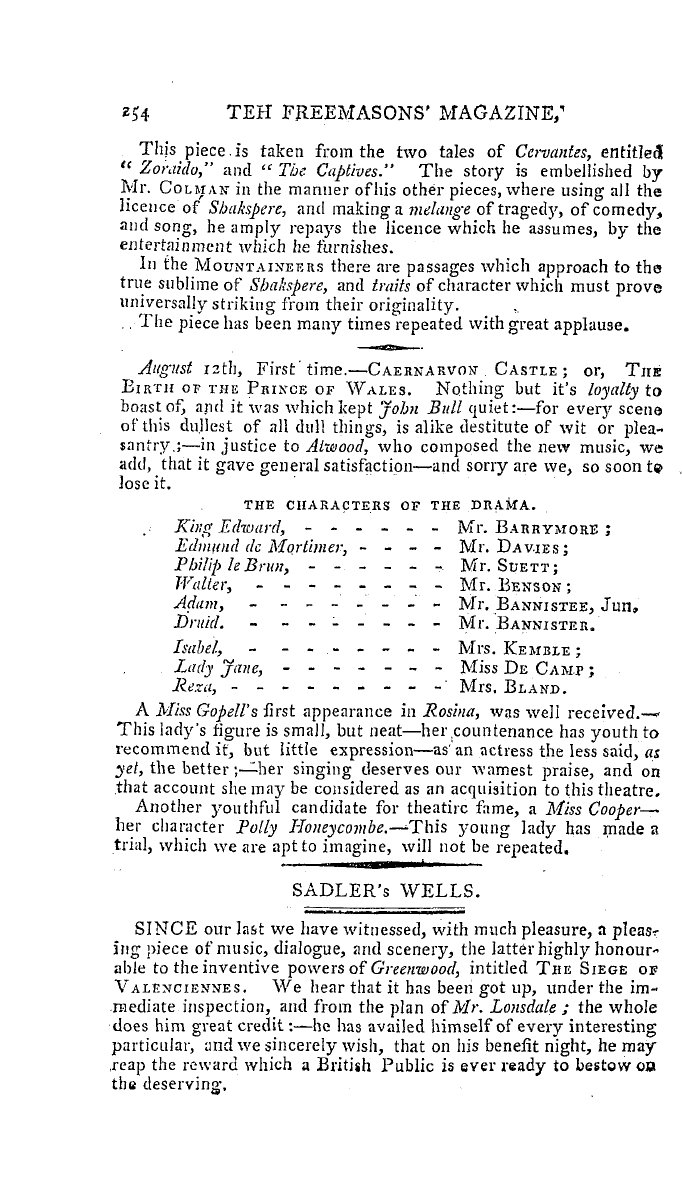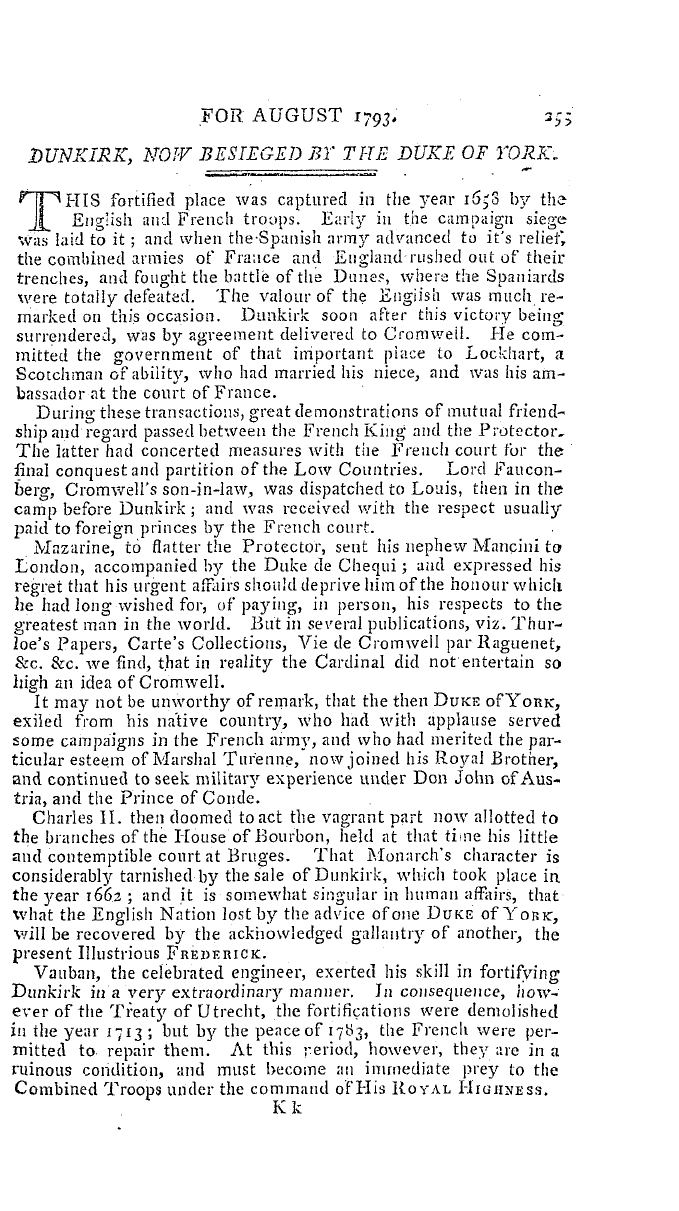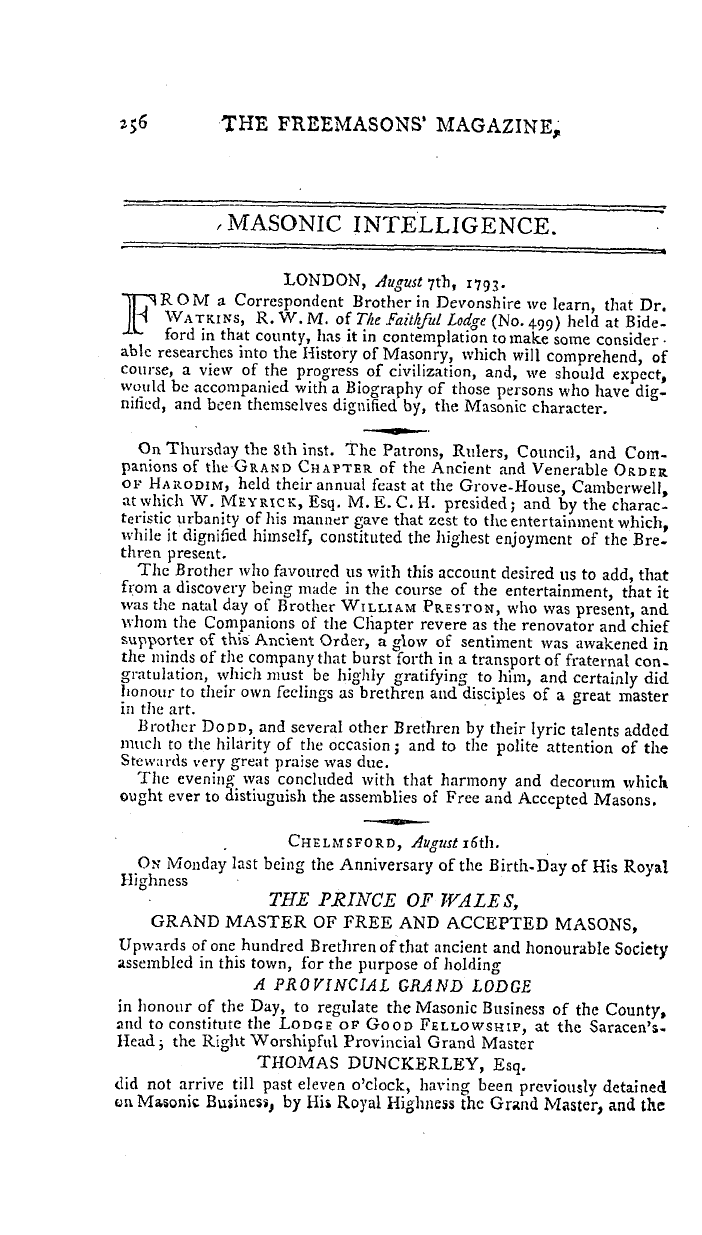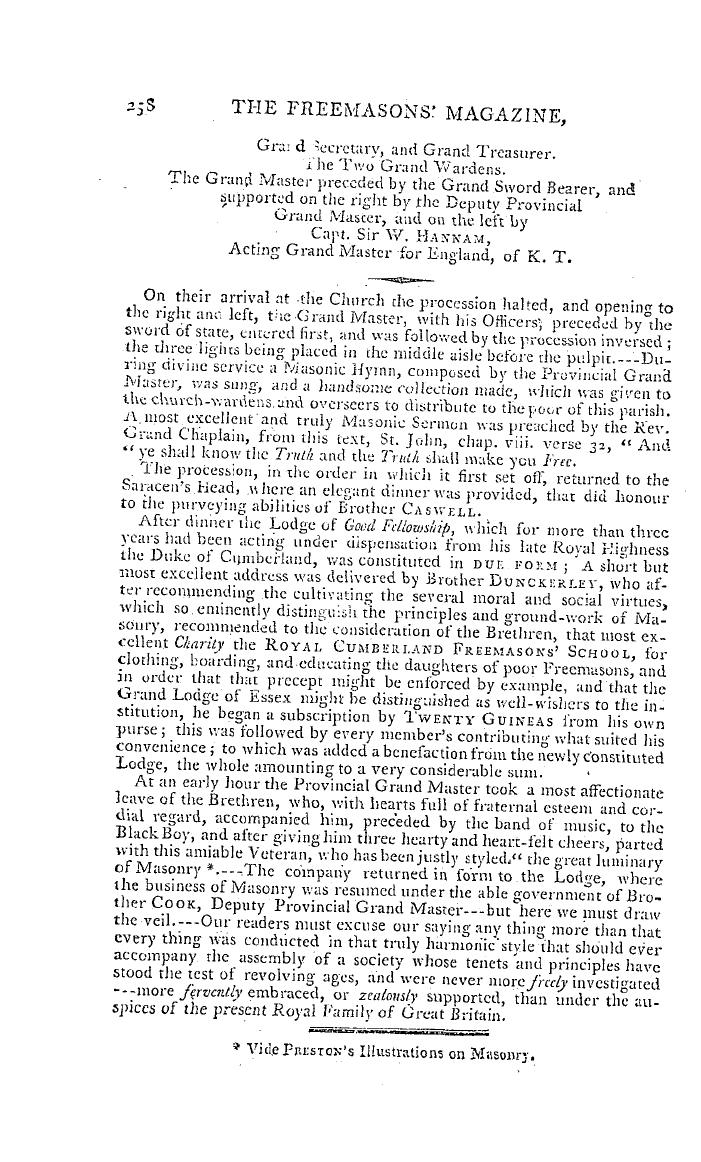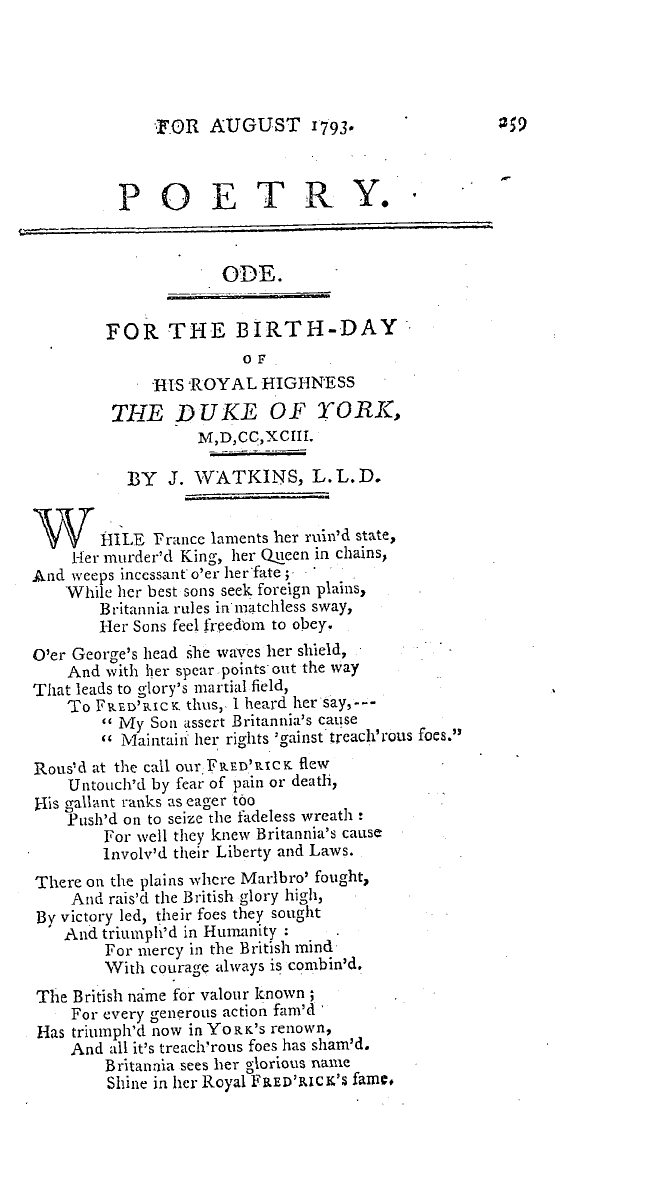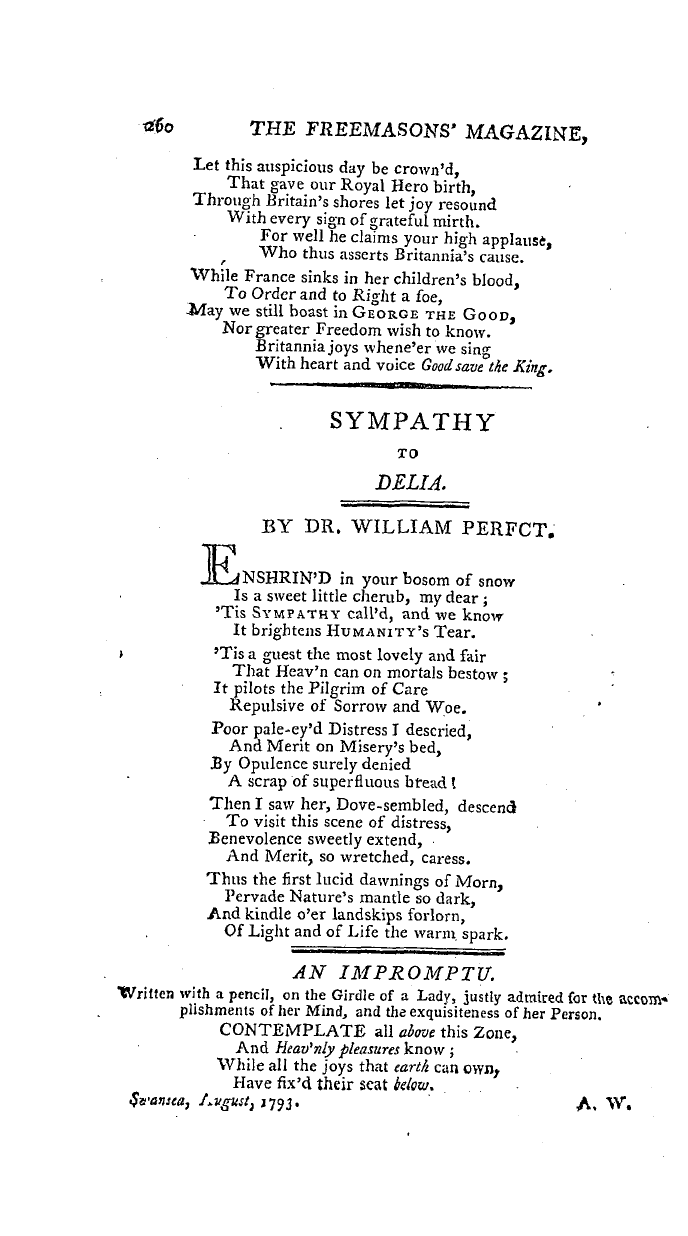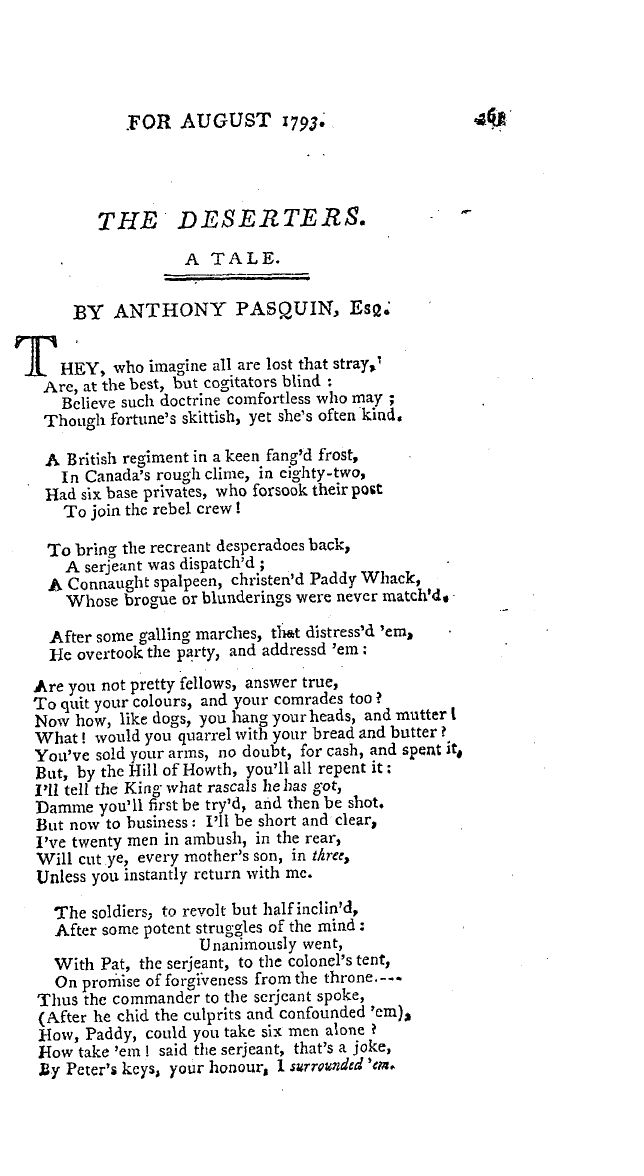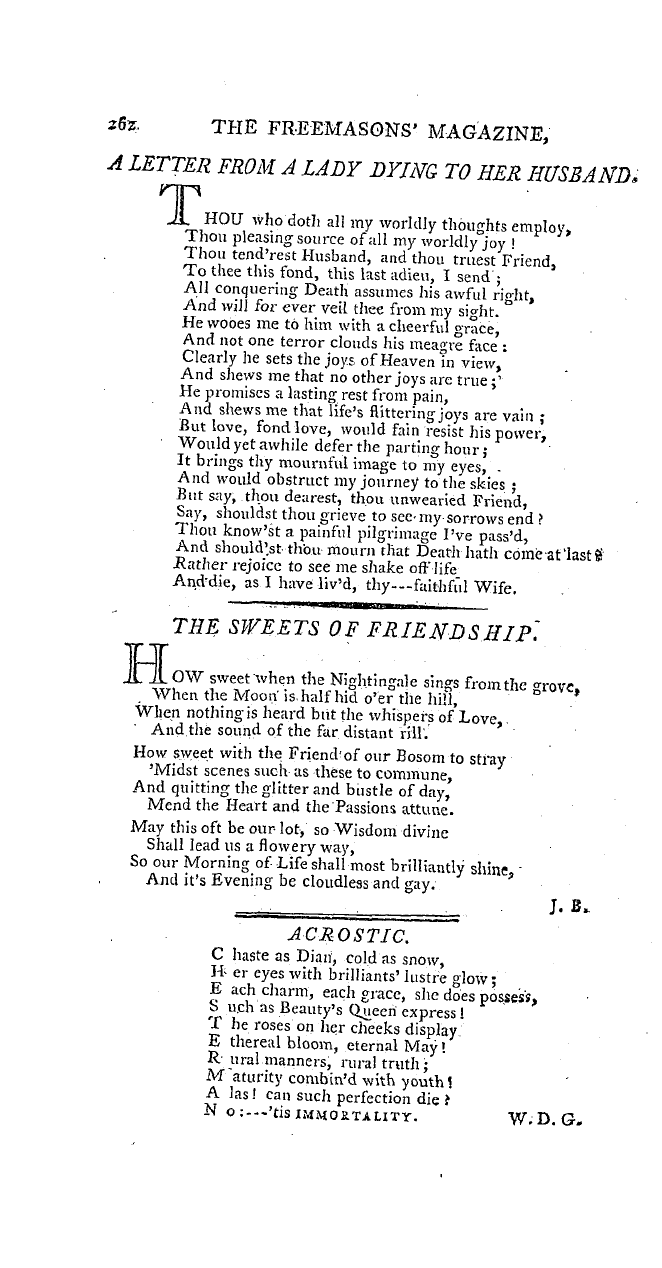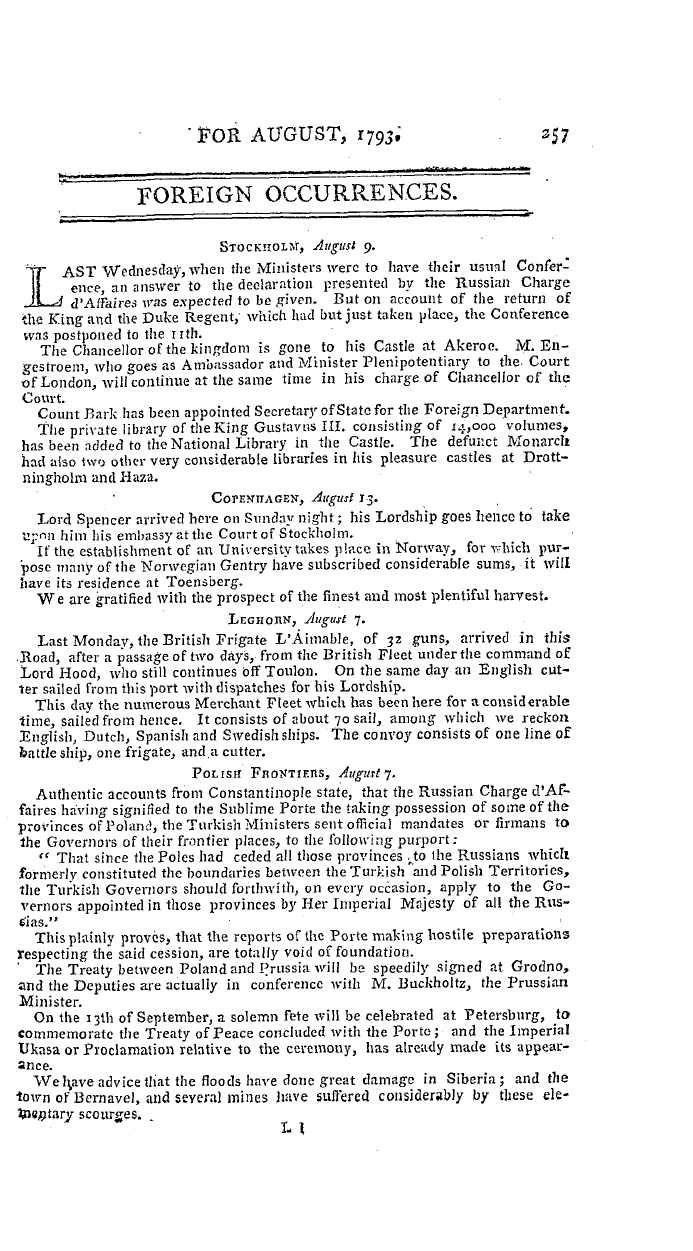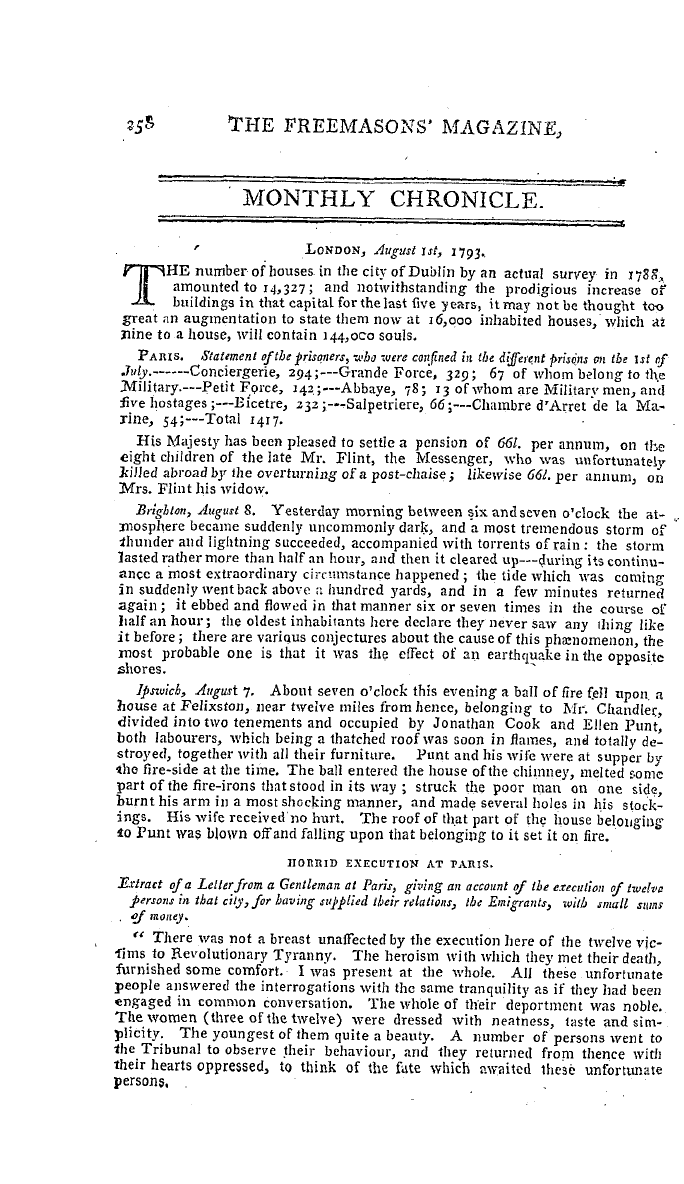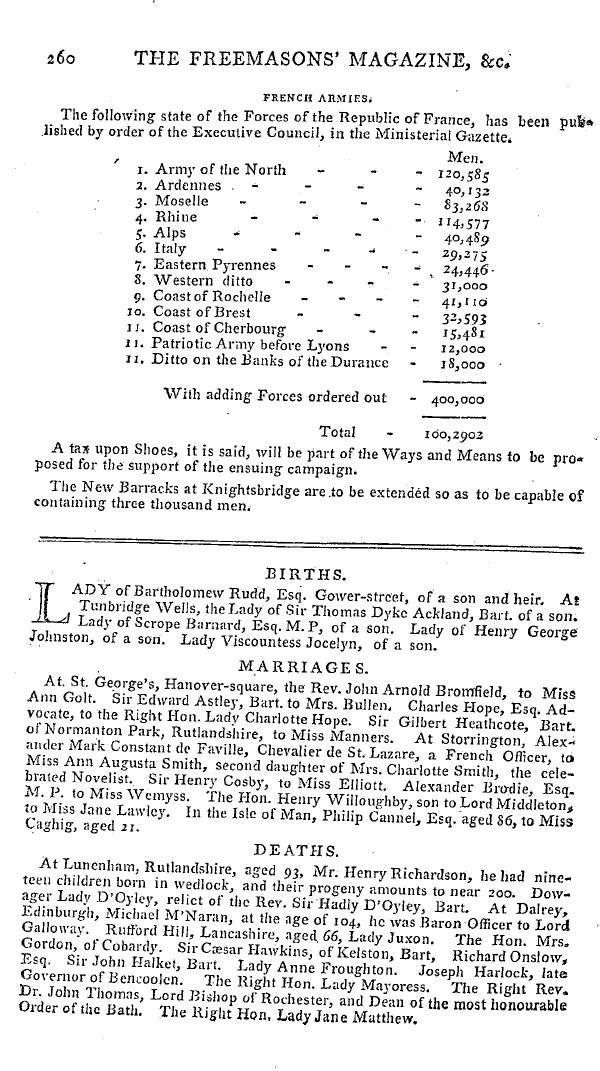-
Articles/Ads
Article OF ANIMALS LIVING IN SOLID BODIES. ← Page 2 of 4 →
Note: This text has been automatically extracted via Optical Character Recognition (OCR) software.
Of Animals Living In Solid Bodies.
live toad . They were desirous of separating the part that bore the shape of the animal , but it crumbled into sand . The toad was of a dark grey , it ' s back a little speckled . The colour of it ' s belly was brighter . It ' s eyes , small and circular , emitted fire from beneath a ° tender membrane which covered them . They were of the colour of pale gold ' When touched on the head with a stickit
. , closed it ' s eyes , as if asleep , and gradually opened them again when the stick was taken away . It was incapable of any other motion . —The aperture of the mouth was closed by means of a yellowish membrane . Upon pressing it on the back , it discharged some clear water , and died . Under the membrane which covered the mouth , were foundboth in the and lower jawtwo sharp teeth ,
, upper , which were stained with a little blood . How long it had been inclosed in this stone , is a question that cannot be solved . Mr . le Prince , a celebrated sculptor , asserts in like manner , that he saw in 175 6 , in the house of M . de la Riviere , at Ecretteville , a living toad in the centre of a hard stone ; with which it was as ' it wereincrusted ; aud facts of this kind are less rare than is
imagined . In 17 6 4 , some workmen in a quarry in Lorrain , informed Mr . Grignon , that they had found a toadin a mass of stone , 45 feet below the surface of the earth . This celebrated naturalist went immediately to the spot , but could not perceive , as he assures us in his " Treatise on the Fabrication of Iron , " any vestige of the prison
of this animal . A small cavity was visible in the stone , but it bore no impression of the body of the toad . The toad that was shewn him was of a midling size , of a grey colour , and seemed to be in it ' s natural state . The workmen informed Mr . Grignon , that this was the sixth that had been found in these mines within the space of thirty years . Mr . Grignon considered the circumstance as worthy a more particular attentionand he promisedthereforea reward to
, , , any person who should find him another instance of a toad so inclosed in a stone that it had no means of getting out . In 1770 a toad was brought to him inclosed in two hollow shells of stone , in which it was said to have been found ; but on examining it nicely , Mr . Grignon perceived that the cavity bore the impression of a shell-fish , and of consequence he concluded it to be
apocryphal . In ijji , however , another instance occurred , and was the subject of a curious memoir , read by Mr . Guettard to the Royal Academy of Science at Paris . It was thus related by a famous naturalist : In pulling down a wall , which was known to have existed upwards of a hundred a toad was foundwithout the smallest
years , , aperture being discoverable by which it could have entered . Upon inspecting the animal , it was " apparent that it had been dead but a very little time ; and in this state it was presented to the Academy , which induced M . Guettard to make repeated enquiries into tifis subject , the particulars of which will be read with pleasure , in the excellent memoir we have just cited .
Note: This text has been automatically extracted via Optical Character Recognition (OCR) software.
Of Animals Living In Solid Bodies.
live toad . They were desirous of separating the part that bore the shape of the animal , but it crumbled into sand . The toad was of a dark grey , it ' s back a little speckled . The colour of it ' s belly was brighter . It ' s eyes , small and circular , emitted fire from beneath a ° tender membrane which covered them . They were of the colour of pale gold ' When touched on the head with a stickit
. , closed it ' s eyes , as if asleep , and gradually opened them again when the stick was taken away . It was incapable of any other motion . —The aperture of the mouth was closed by means of a yellowish membrane . Upon pressing it on the back , it discharged some clear water , and died . Under the membrane which covered the mouth , were foundboth in the and lower jawtwo sharp teeth ,
, upper , which were stained with a little blood . How long it had been inclosed in this stone , is a question that cannot be solved . Mr . le Prince , a celebrated sculptor , asserts in like manner , that he saw in 175 6 , in the house of M . de la Riviere , at Ecretteville , a living toad in the centre of a hard stone ; with which it was as ' it wereincrusted ; aud facts of this kind are less rare than is
imagined . In 17 6 4 , some workmen in a quarry in Lorrain , informed Mr . Grignon , that they had found a toadin a mass of stone , 45 feet below the surface of the earth . This celebrated naturalist went immediately to the spot , but could not perceive , as he assures us in his " Treatise on the Fabrication of Iron , " any vestige of the prison
of this animal . A small cavity was visible in the stone , but it bore no impression of the body of the toad . The toad that was shewn him was of a midling size , of a grey colour , and seemed to be in it ' s natural state . The workmen informed Mr . Grignon , that this was the sixth that had been found in these mines within the space of thirty years . Mr . Grignon considered the circumstance as worthy a more particular attentionand he promisedthereforea reward to
, , , any person who should find him another instance of a toad so inclosed in a stone that it had no means of getting out . In 1770 a toad was brought to him inclosed in two hollow shells of stone , in which it was said to have been found ; but on examining it nicely , Mr . Grignon perceived that the cavity bore the impression of a shell-fish , and of consequence he concluded it to be
apocryphal . In ijji , however , another instance occurred , and was the subject of a curious memoir , read by Mr . Guettard to the Royal Academy of Science at Paris . It was thus related by a famous naturalist : In pulling down a wall , which was known to have existed upwards of a hundred a toad was foundwithout the smallest
years , , aperture being discoverable by which it could have entered . Upon inspecting the animal , it was " apparent that it had been dead but a very little time ; and in this state it was presented to the Academy , which induced M . Guettard to make repeated enquiries into tifis subject , the particulars of which will be read with pleasure , in the excellent memoir we have just cited .




























































